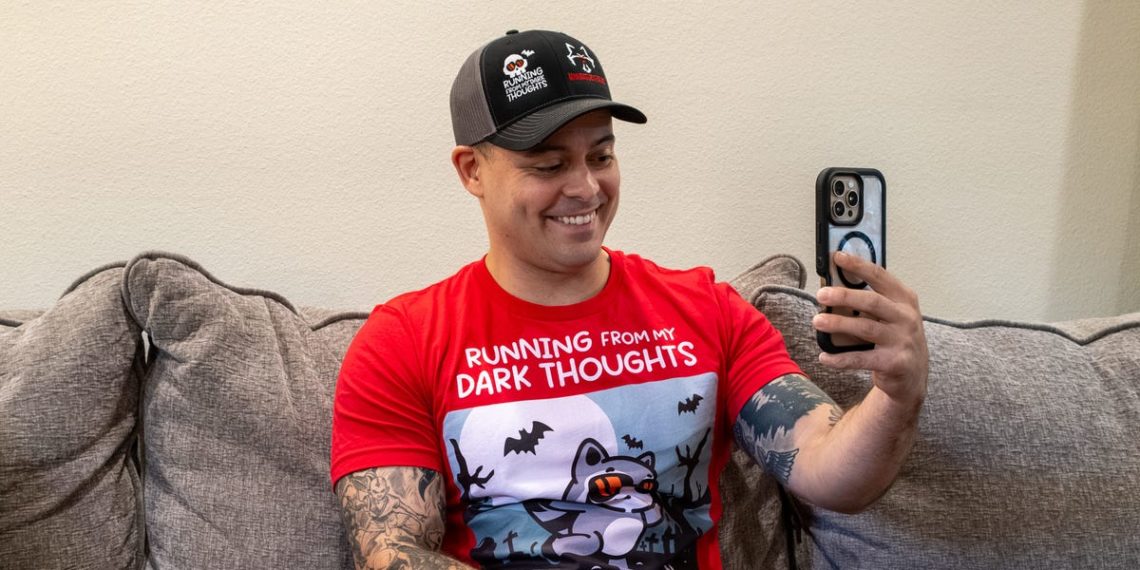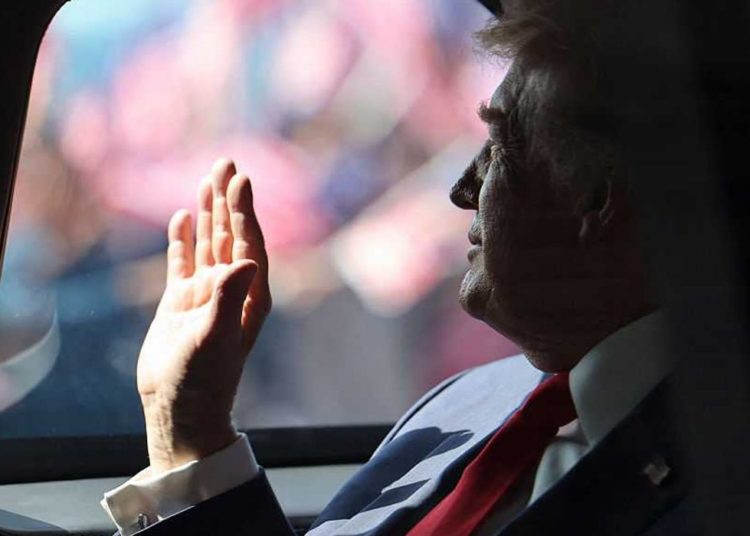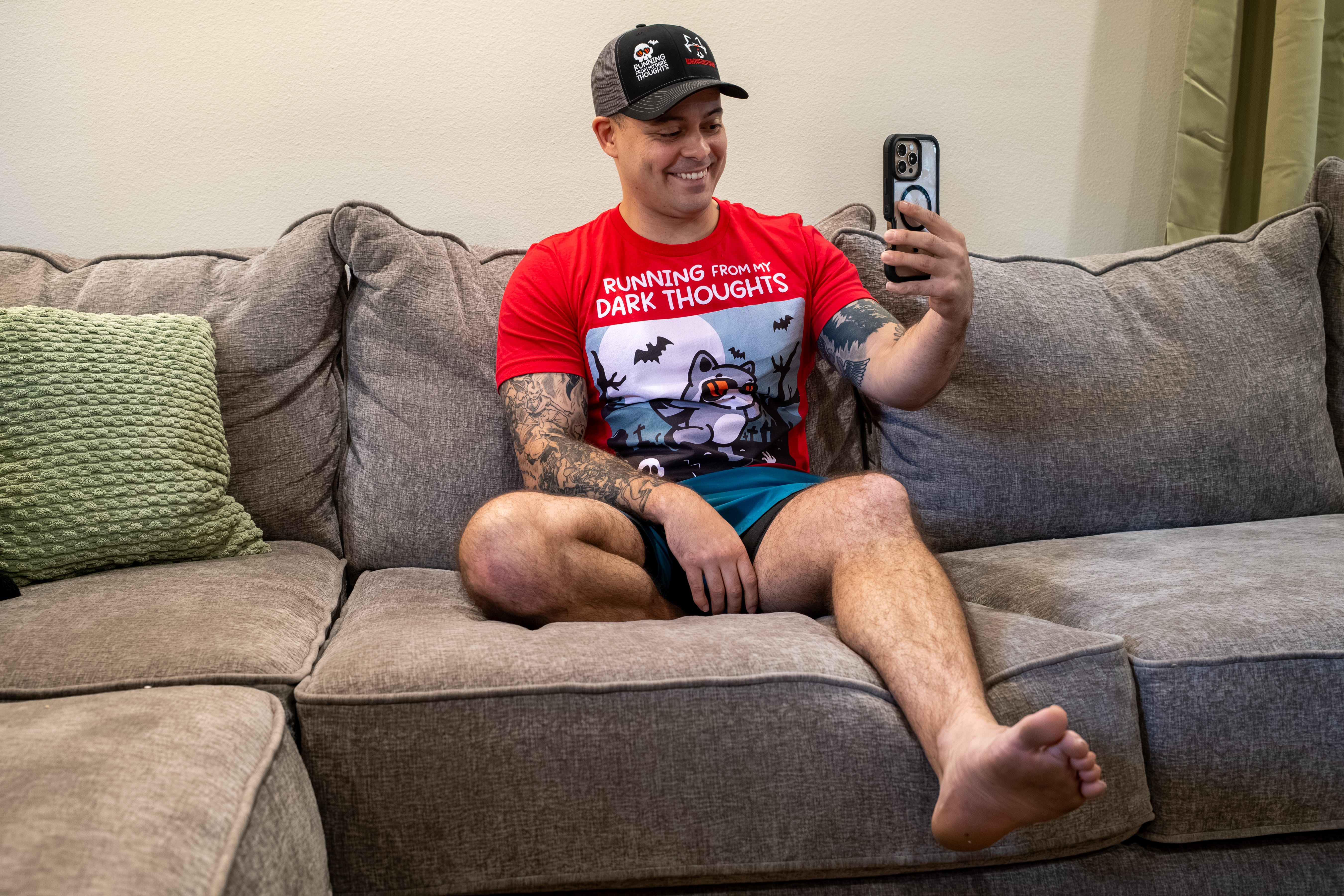
Bill McCullough for BI
- The Army wants to partner with some social media influencers to boost recruitment efforts.
- Traditional recruiting methods have become harder as young people increasingly engage online.
- This is the second installment of Business Insider’s three-part series on the rise of military influencers.
The US Army, long known for buttoned-up recruiting campaigns like “Be All You Can Be” and “Army Strong,” wants to experiment with an unfiltered approach: letting social media stars sell military life.
For decades, the task of finding new soldiers has rested on recruiters in dress uniforms visiting schools, career fairs, and community events. With young people living increasingly online — and with the Army mired in a yearslong recruiting slump — the service launched a trial program less than a year ago with eight vetted troops who already command attention on TikTok, Instagram, and YouTube.
One is a female bodybuilder. Another is a public affairs officer who preaches resilience. Some merge the latest social media trends with military peculiarities. The trial run’s most popular influencer is a National Guard soldier who jokes about dad life as a farmer.
“We realized there were just pockets we could not pay to get into,” Col. Kris Saling, who oversees experimentation and innovation in Army talent management, said of their reach online.
This is the second installment of a three-part series on the rise of military influencers. If you are serving or have served and want to share your experience with social media and the military, contact this reporter at [email protected] or on Signal at kelseybaker75.75.
Read the first installment: This soldier built a side hustle on TikTok and Instagram and says it’s now paying better than the Army
The trial program aims to spark interest in enlistment among young people. The service doesn’t pay fees to these influencers for their posts, but it spent about $22,000 on their travel and lodging around a marquee event in June. (The strategy worked, with their event-related posts reaching an impressive 40 million people online, internal documents show).
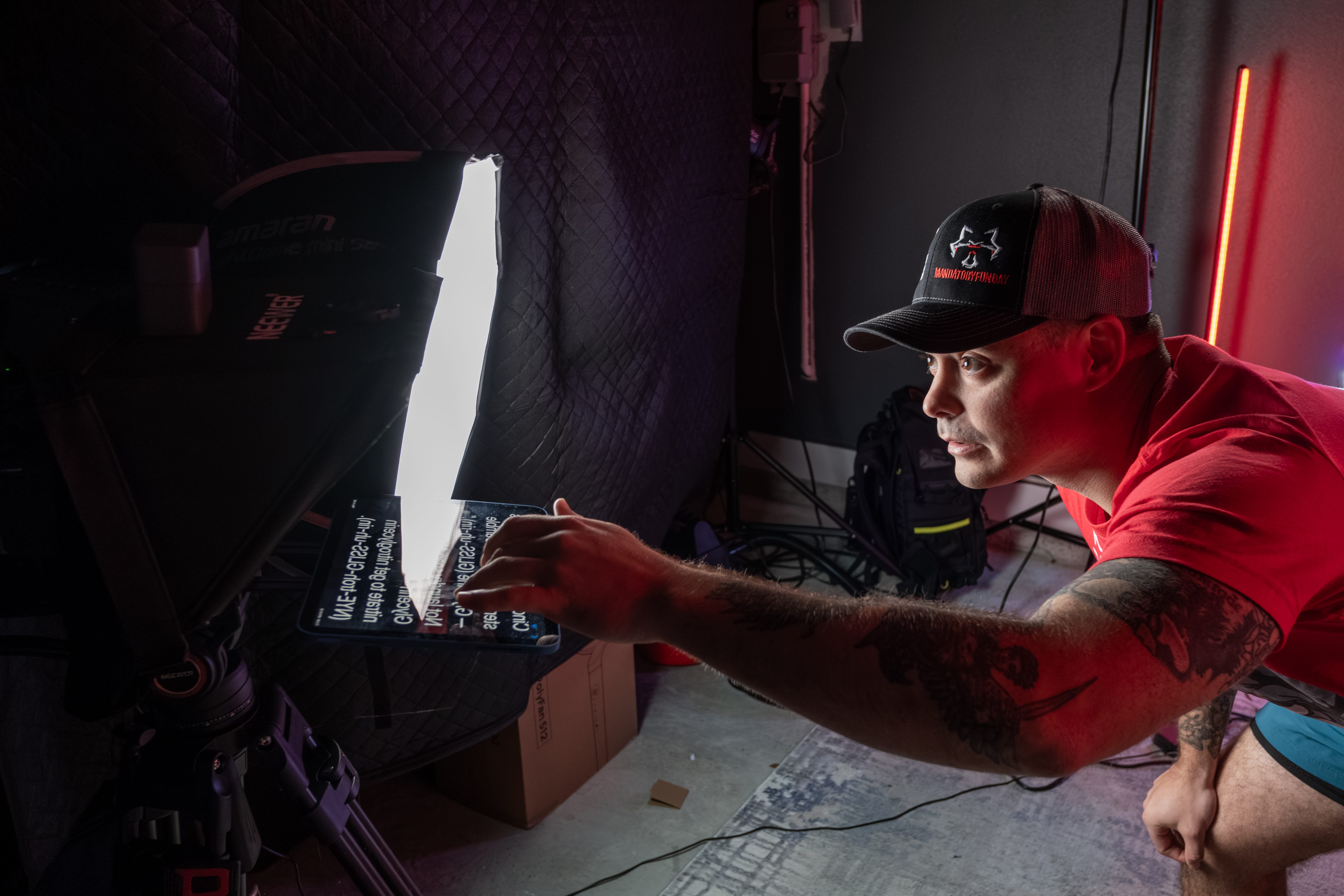
Bill McCullough for BI
The service has wavered on fully embracing the program, recently pausing it for an ethics review. But as Secretary of Defense Pete Hegseth’s Recruitment Task Force aims to find “innovative strategies” to boost interest in military service, there’s growing recognition that these soldiers-turned-influencers connect with young people in ways traditional campaigns can’t.
Their accounts are wildly popular with civilians and troops alike, delivering entertainment ranging from wholesome family content to cheeky irreverence. Many of these soldiers post from home or the gym, like any other influencer. Some appear in uniform, raising the stakes for the Army by tying its brand to unofficial content.
“They’re relatable, they’re people, they’re human,” Saling said. “They’re not the highly paid actor who’s speaking on our behalf and probably has never served.”
The target audience for Army influencers is often civilians and junior troops
Among the most visible of the Army’s eight influencers is Austin von Letkemann, who goes by the handle “mandatoryfunday,” a wry reference to the “fun” unit events that troops must attend.
His typical posts might ponder the absurdities of military punishment and logic, or react to videos of people’s poor judgment. Sometimes he’s on base at Fort Hood, Texas, where he occasionally collaborates with two other influencers — Sgt. 1st Class Johnny Vargas, who goes by viva_la_vargas, and Staff Sgt. Roksolana Savyuk, known as quuen_baby. Last year, von Letkemann went viral for confronting observers who felt “sorry” that he was a father to four girls.
“I want to show people that you don’t have to be like Captain America to join the United States military,” von Letkemann said in an interview. In many videos, he looks like any ordinary civilian lounging at home, excluding flashes of gallows humor common among troops, such as the phrase “live, laugh, lobotomize me” displayed on the t-shirts and mugs he sells. Some videos touch on mental health issues or cultural challenges within the military.
Known for his deadpan delivery, von Letkemann, an enlisted soldier-turned-junior officer, has amassed more than 3.5 million followers across social media platforms. The Army’s ability to communicate with two of its most important populations — the young civilians who might become recruits and the junior troops the military works to retain — is a matter of national security and an organizational gap influencers can help fill, he said. He fits that bill with a soft edge, ridiculing the oddities of military life.

Bill McCullough for BI
In today’s quasi-peacetime military, young service members are more likely to spend time entering data, navigating bureaucracy, or waiting for orders in a culture of hurry-up-and-wait, versus charging into a battlefield assault. Highlighting such frustrations doesn’t diminish service; rather, it pulls back the curtain to help set realistic expectations. His inbox is often filled with messages from potential recruits.
One junior soldier, Specialist Dylan Ogle, told Business Insider he’d previously abandoned the idea of joining the Navy because of a medical issue. But a video from von Letkemann pushed him to try again — with the Army. In a 2024 Instagram message reviewed by Business Insider, Ogle told von Letkemann he “inspired” him to join and “changed my life.”
A handful of his posts have drawn criticism from leaders for off-color content, he said. But only rarely — after all, it’s that brazen irreverence and satire that resonate with troops and the public the most, he said.
Content creators’ reach outpaces traditional Army advertising
As part of the trial program, the service gathered influencers in Washington, DC, in June to help drive awareness around the Army’s 250th birthday.
The cost for the creators’ lodging and travel was about $22,000, according to a post-parade communications analysis shared with Business Insider. Over five days, content from eight influencers garnered views from more than 40 million people and nearly 2 million engagements (comments and reactions), the analysis showed. That’s a reach that traditional Army advertising rarely achieves, outside the largest and most expensive spots like Super Bowl ads.
During the parade, Army social media numbers “increased by 72,000 followers across all platforms (3x greater than average),” the internal analysis said, adding that there were 265,000 visits to the Army Birthday’s website because of their reach.
While the Army-sanctioned influencers are connecting with young people in new ways, it’s still too early to measure their impact on total recruiting, officials said. Housing talent like von Letkemann means the Army doesn’t have to pay nonmilitary influencers for coverage, which can cost anywhere from $15,000 to $75,000 per post, Saling said.
The campaign, however, has rankled some troops, who observed influencers staying in hotel rooms while the rank-and-file slept in government buildings — a contrast that Saling said led to negative impressions. And while soldiers on social media are barred from explicitly endorsing products, many profit from advertising revenue or from selling personal merchandise. That presents an ethical quandary for all services, which lack a common framework for name, image, and likeness issues.
“It’s a complete gray zone,” Saling said. “It’s an area we really have to figure out.”
Asked about the rules, a Pentagon spokesperson referred Business Insider to existing DoD-level social media guidelines. The firmest guidelines cover operational security, partisan politics, and compliance with military law. Crude humor, edgy memes, and provocative posts aren’t explicitly prohibited — and are often tolerated. The guidelines are generally left to unit commanders to interpret and enforce.
Von Letkemann said that the program succeeded this summer because the Army allowed sanctioned influencers to post whatever content they liked, unmuzzled by strict guidance usually seen in military communications. “They basically told us, ‘Go do what you do,'” he said of their parade prep.
Such independence or freedom of expression isn’t normally encouraged in the military.
“We can’t have somebody who goes out and posts a TikTok rant,” Saling said. But “there’s a little bit of a go-for-broke mentality in the Army,” she said of the service’s changing attitude toward influencers. “We’re behind, now let’s throw a Hail Mary and see how this works.”
The Army has struggled with branding for years
The Army, America’s largest military branch with a force of around one million service members, has struggled with its marketing over the years. Slogans like “Army of One” and “Army Strong” (which cost $1.35 billion over five years) have been criticized as uninspiring or cringey. A 2021 marketing campaign known as “The Calling” fell flat, with troops and lawmakers deriding it as a “woke” attempt to attract more diverse young people. More recently, the service reintroduced a classic slogan from the 1980s in 2023, “Be All You Can Be,” which has earned a warmer reception.
Supporters of military influencers say that they’re generally cheaper and more successful than traditional marketing. The Army this year requested a recruiting-related marketing and advertising budget of $1.1 billion, a 10% bump from the previous year.
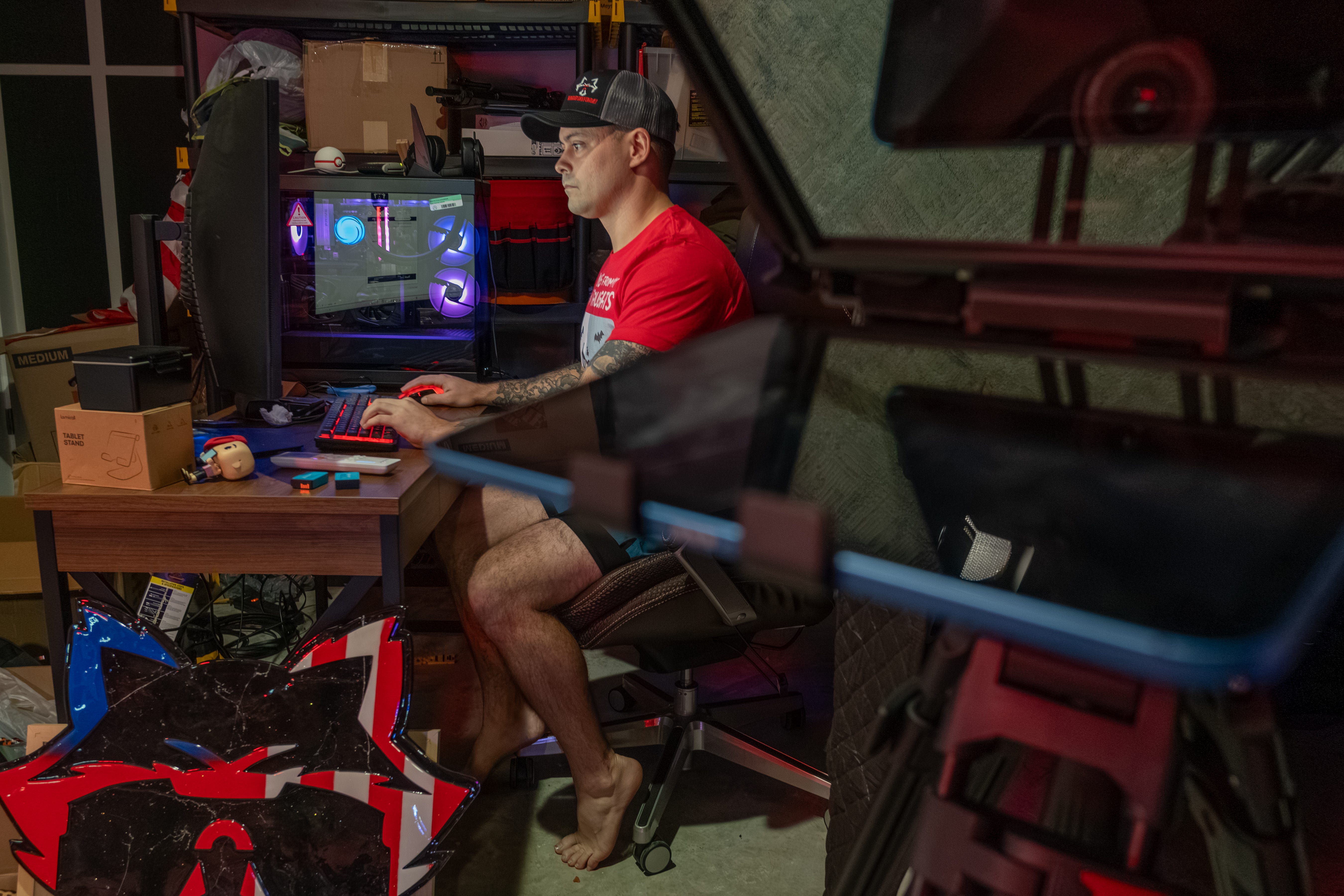
Bill McCullough for BI
The influencer program’s success ultimately depends on its legal review and whether the Army can continue to support what makes influencers appealing — control over their own content.
The service met its recruiting goal of 61,000 enlistees early this year, thanks in part to the high cost of college tuition and a tight US job market. The military could face challenges sustaining that momentum, especially as it contends with a declining national birth rate.
“We have fewer and fewer people who are eligible for service,” Saling said. “And if we can’t talk to as many of them as possible with an authentic voice, we are going to lose.”
Read the original article on Business Insider
The post The Army is turning to TikTok-famous soldiers to pump up recruiting — but it hit a snag appeared first on Business Insider.
